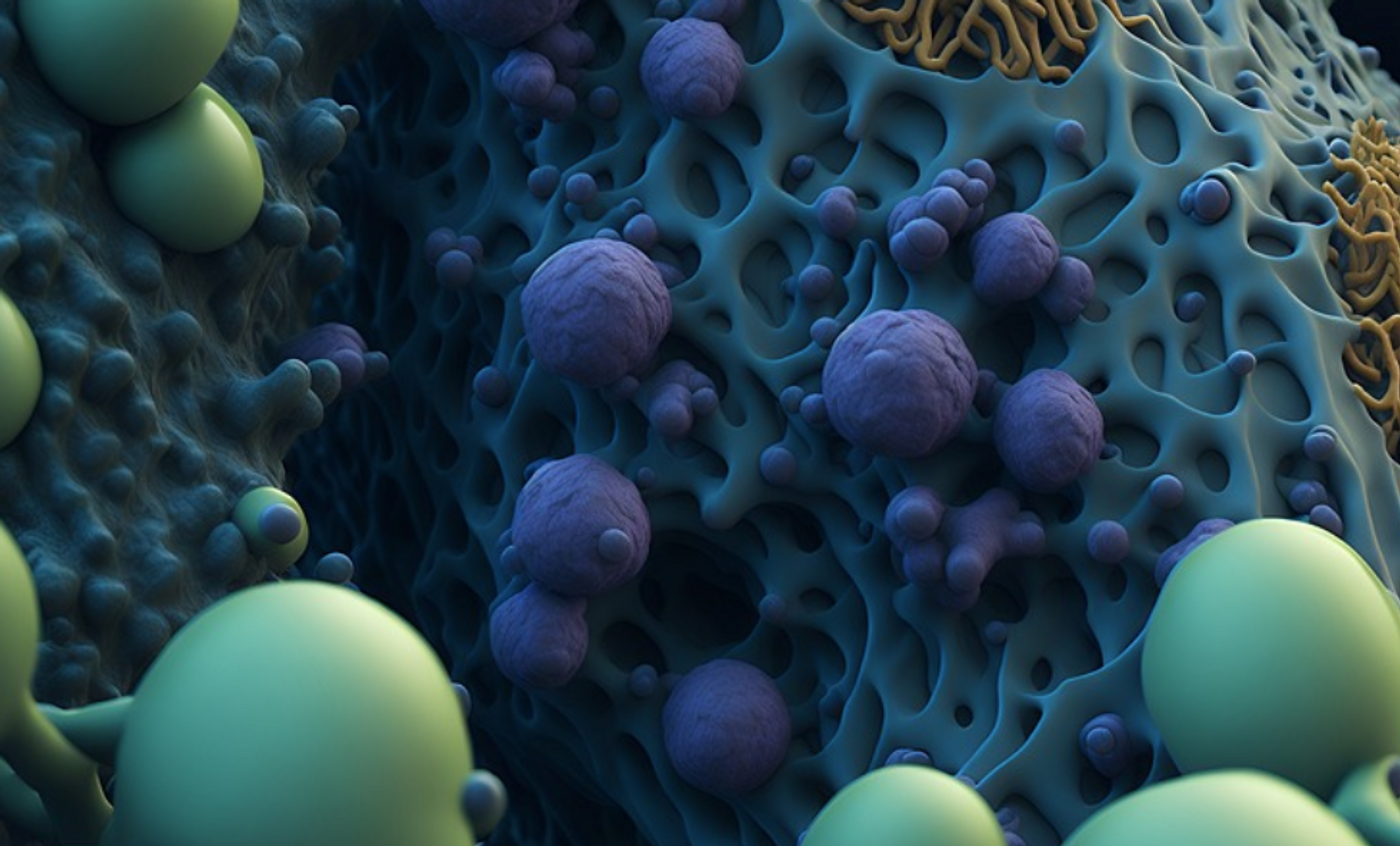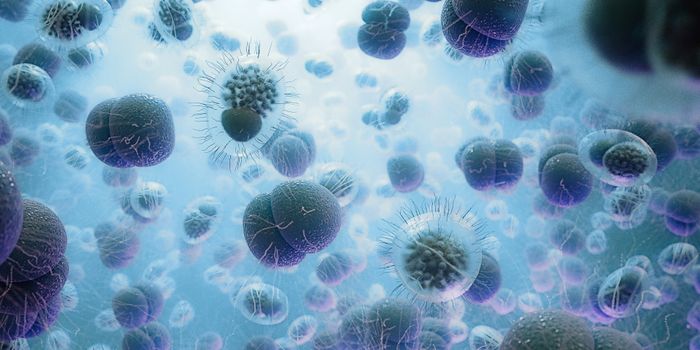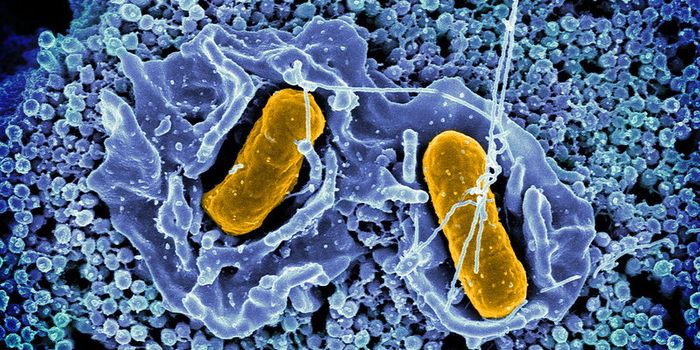This Picky Parasitic Archaea Changes Its Host's Metabolism
Archaea are a relatively recently discovered group of microorganisms that occupy their own branch on the tree of life. Though similar in some ways to bacteria, they are not the same. Researchers have now determined that one type of parasitic archaea that is in a group called DPANN can alter its host cell's metabolism. These tiny and selective archaea have preferences that demand to be satisfied. The findings have been reported in Nature Communications.
About half of all known archaea are DPANN archaea, which are very small and have little genetic material. That makes them dependent on other organisms for survival; they are parasites. The DPANN archaea can attach to a host cell, then take up lipids from their host to build their outer layer, or membrane.
It's been thought that any old lipids will do for the DPANN archaea, but this latest work has shown that one type of parasitic archaeal DPANN called Candidatus Nanohaloarchaeum antarcticus does not use all of the lipids that are found in its host cell, a species called Halorubrum lacusprofundi. Instead, Candidatus Nanohaloarchaeum antarcticus is only interested in about 110 of the lipids found in its host cell, or about two-thirds of the lipid species in Hrr. lacusprofundi.
"In other words: Ca. N. antarcticus is a picky eater," said co-correspinding study author Joshua Hamm, a microbiologist at NIOZ Royal Institute for Sea Research.
In this study, the researchers analyzed Halorubrum lacusprofundi cells with and without the presence of parasitic archaea. The investigators determined that the host cells can alter the types of lipids and the levels of each that are used in their membranes, as well as altering lipids so that their function changes. All of these changes end up increasing metabolic reactions in the host cell to create a more flexible membrane, which is also more difficult for the parasite to move through, andhelps the host cell compensate for the stress caused by the parasite.
The archaea and host in this study are also a bit unique. The study authors noted that the lipid membrane of Halobacteriales is "one of the most extreme instances of negatively charged membranes across the tree of life," and Ca. Nha. antarcticus is the only known DPANN archaea that changes its host cell's metabolism.
"If the membrane of the host changes, this could have an impact on how these hosts can respond to environmental changes in for example temperature or acidity," noted Hamm.
We are starting to learn many new and interesting details about the latest addition to the tree of life, and this study shows we still have a lot to reveal. "Not only does it shed a first light on the interactions between different archaea; it gives a totally new insight into the fundamentals of microbial ecology," Hamm added.
Sources: Royal Netherlands Institute for Sea Research, Nature Communications



![[Guide] 7 Strategies to Boost Laboratory Collaboration](https://d3bkbkx82g74b8.cloudfront.net/eyJidWNrZXQiOiJsYWJyb290cy1pbWFnZXMiLCJrZXkiOiJjb250ZW50X2FydGljbGVfcHJvZmlsZV9pbWFnZV83YzBjZWIwM2Y5YzI4MmFlYzBhZDZhMTcyNTQ1ZGU3YmE4Y2MzMDYyXzUxNDkuanBnIiwiZWRpdHMiOnsidG9Gb3JtYXQiOiJqcGciLCJyZXNpemUiOnsid2lkdGgiOjcwMCwiaGVpZ2h0IjozNTAsImZpdCI6ImNvdmVyIiwicG9zaXRpb24iOiJjZW50ZXIiLCJiYWNrZ3JvdW5kIjoiI2ZmZiJ9LCJmbGF0dGVuIjp7ImJhY2tncm91bmQiOiIjZmZmIn19fQ==)





